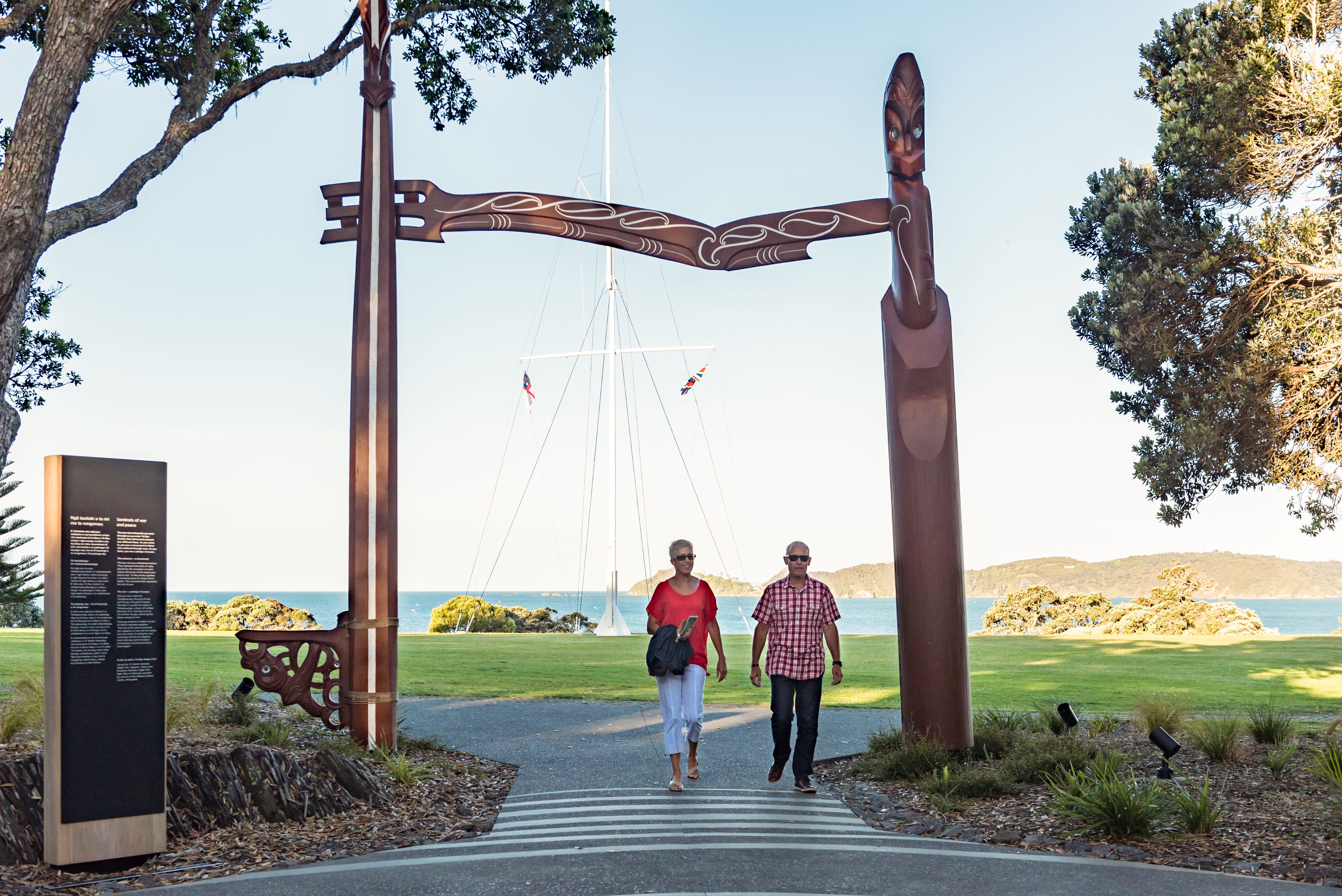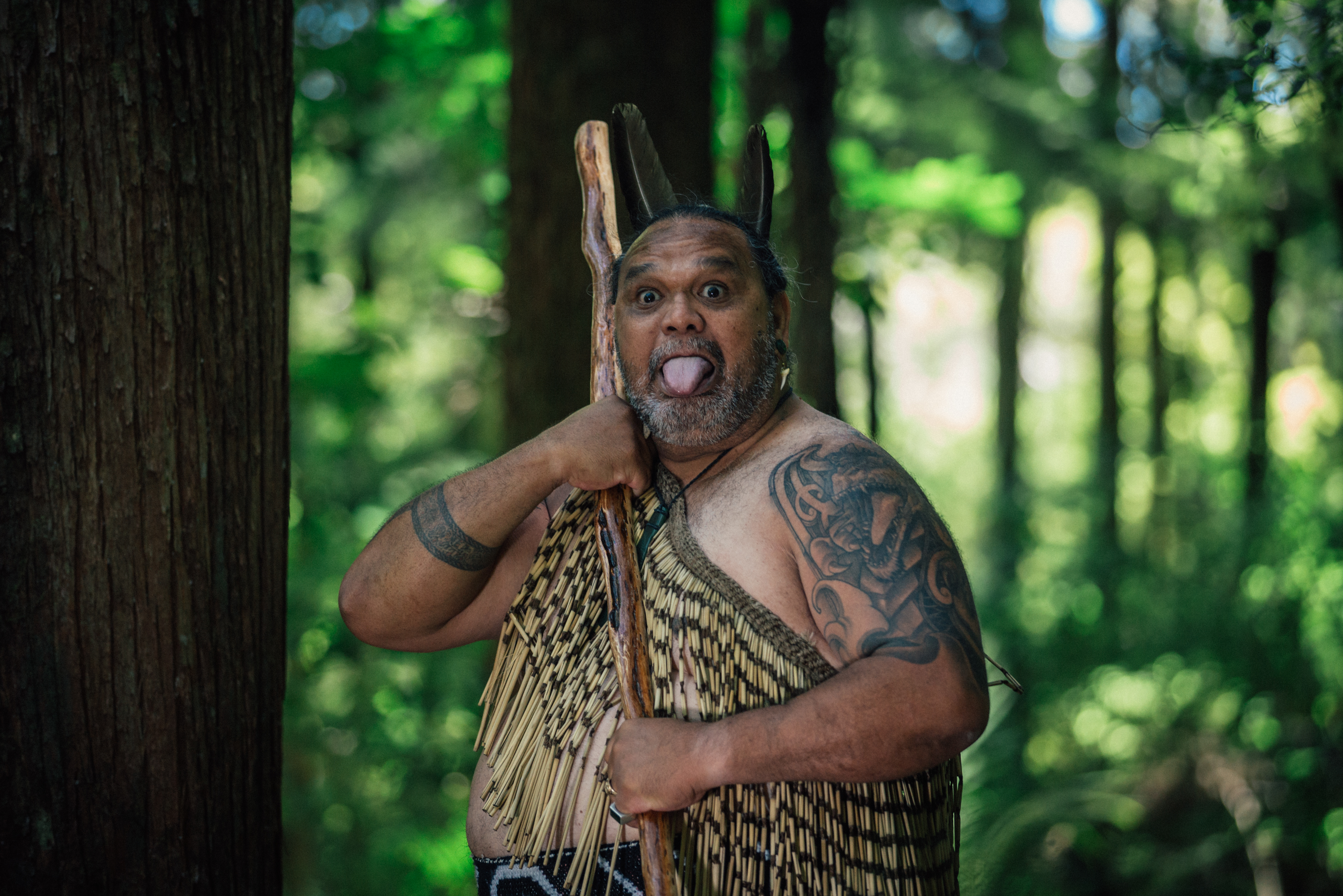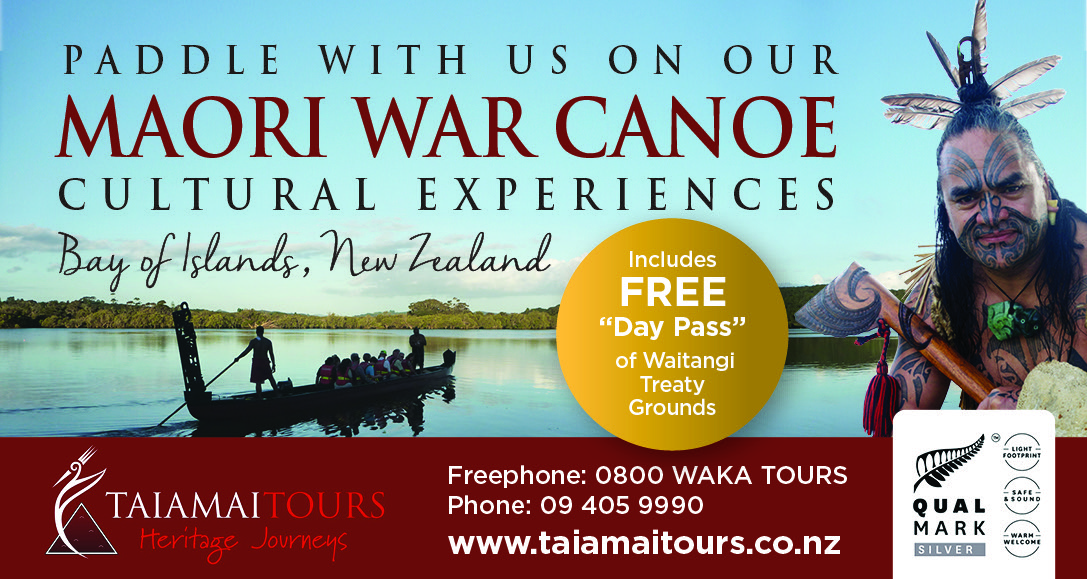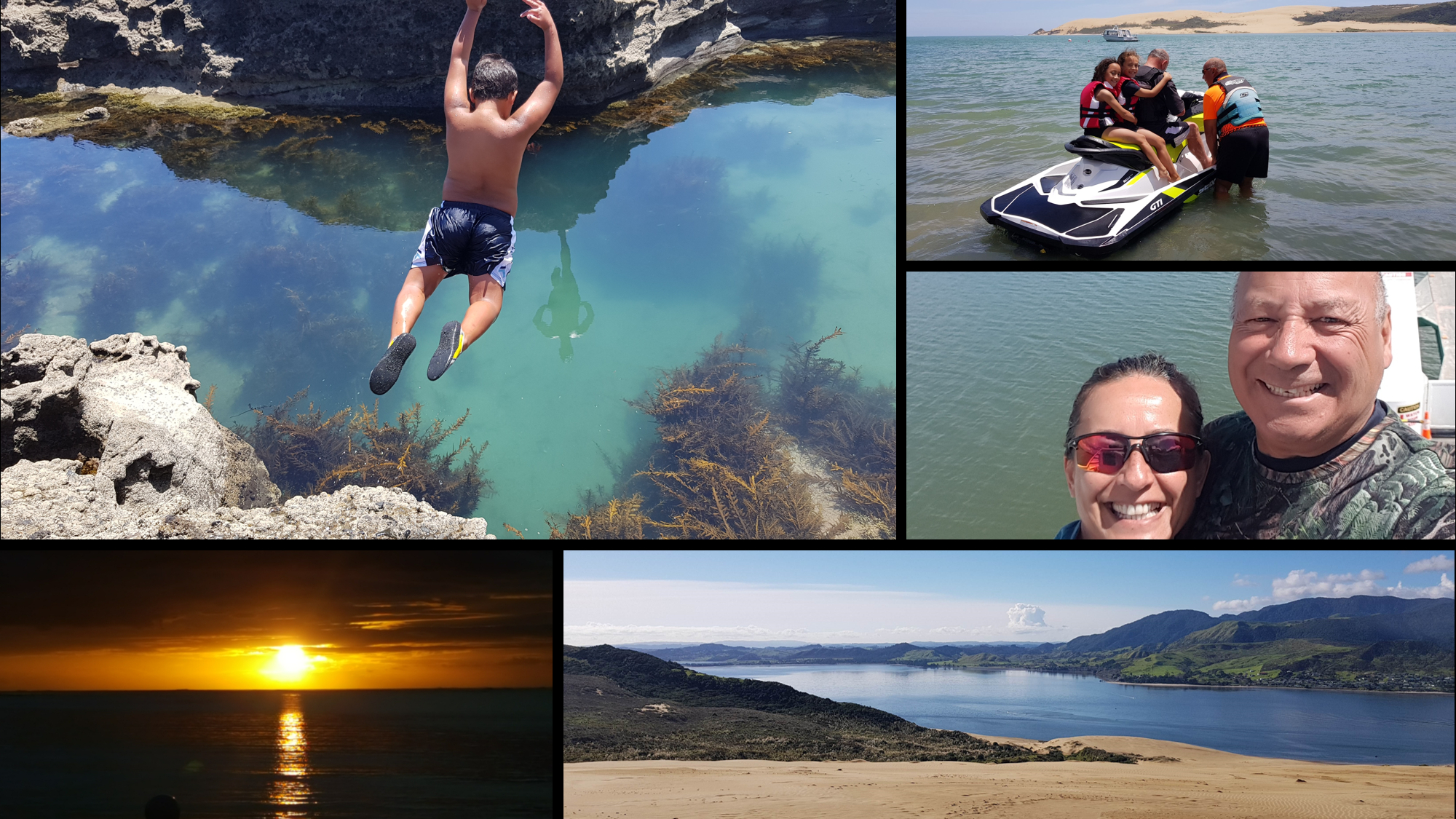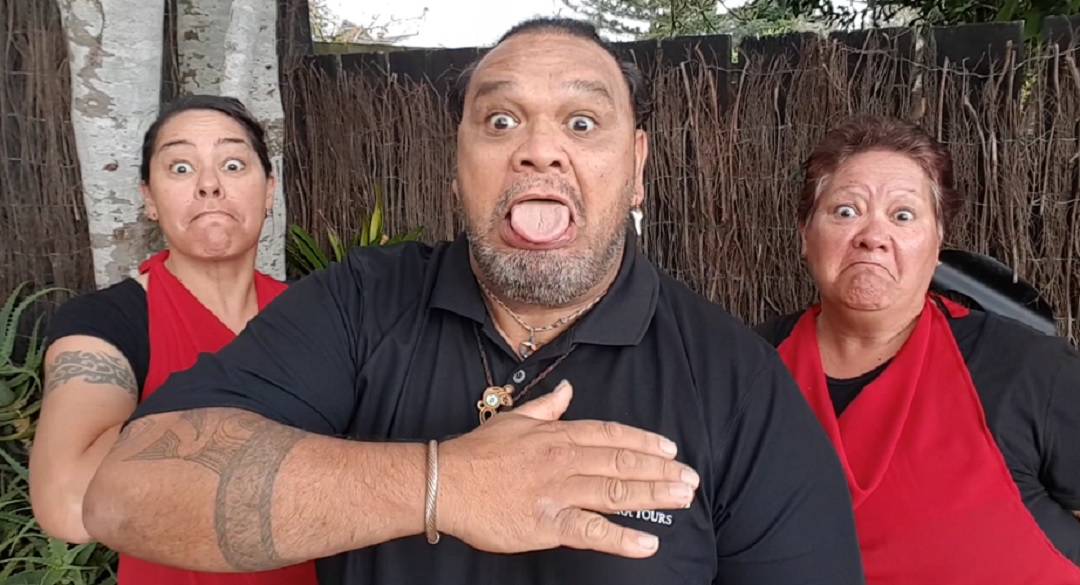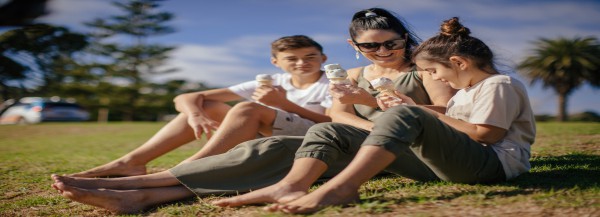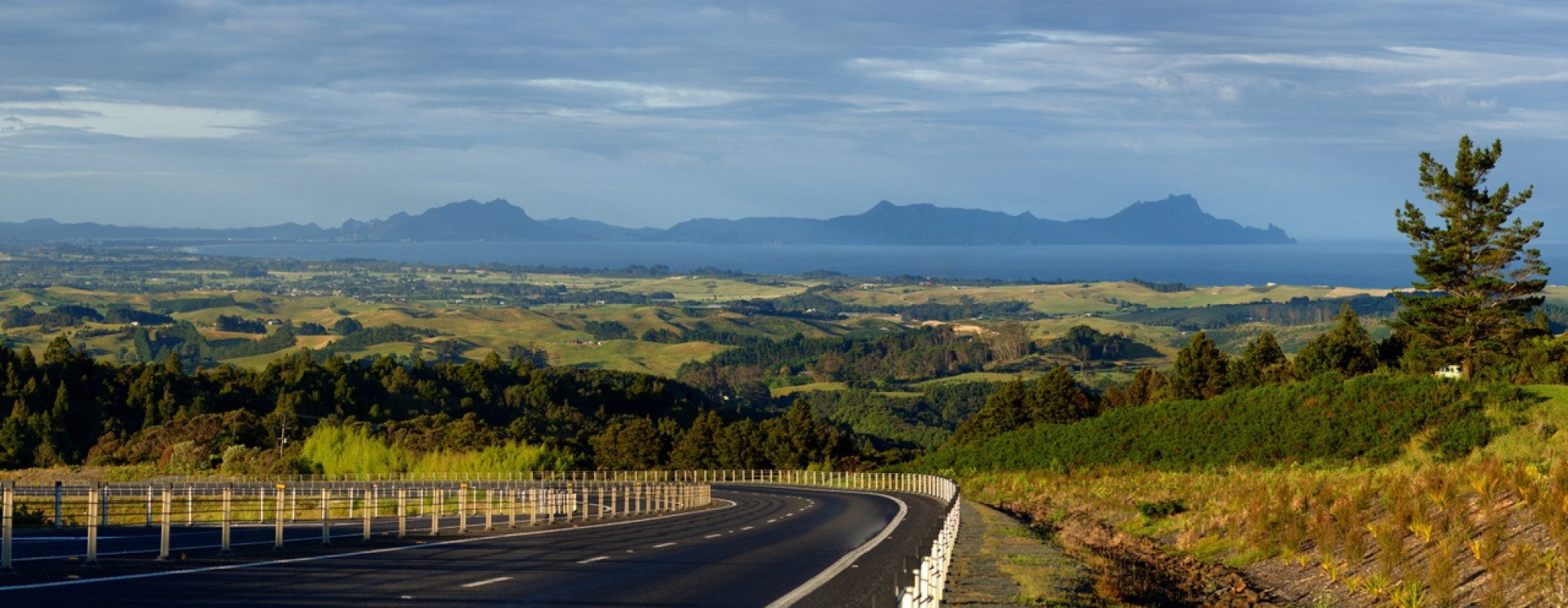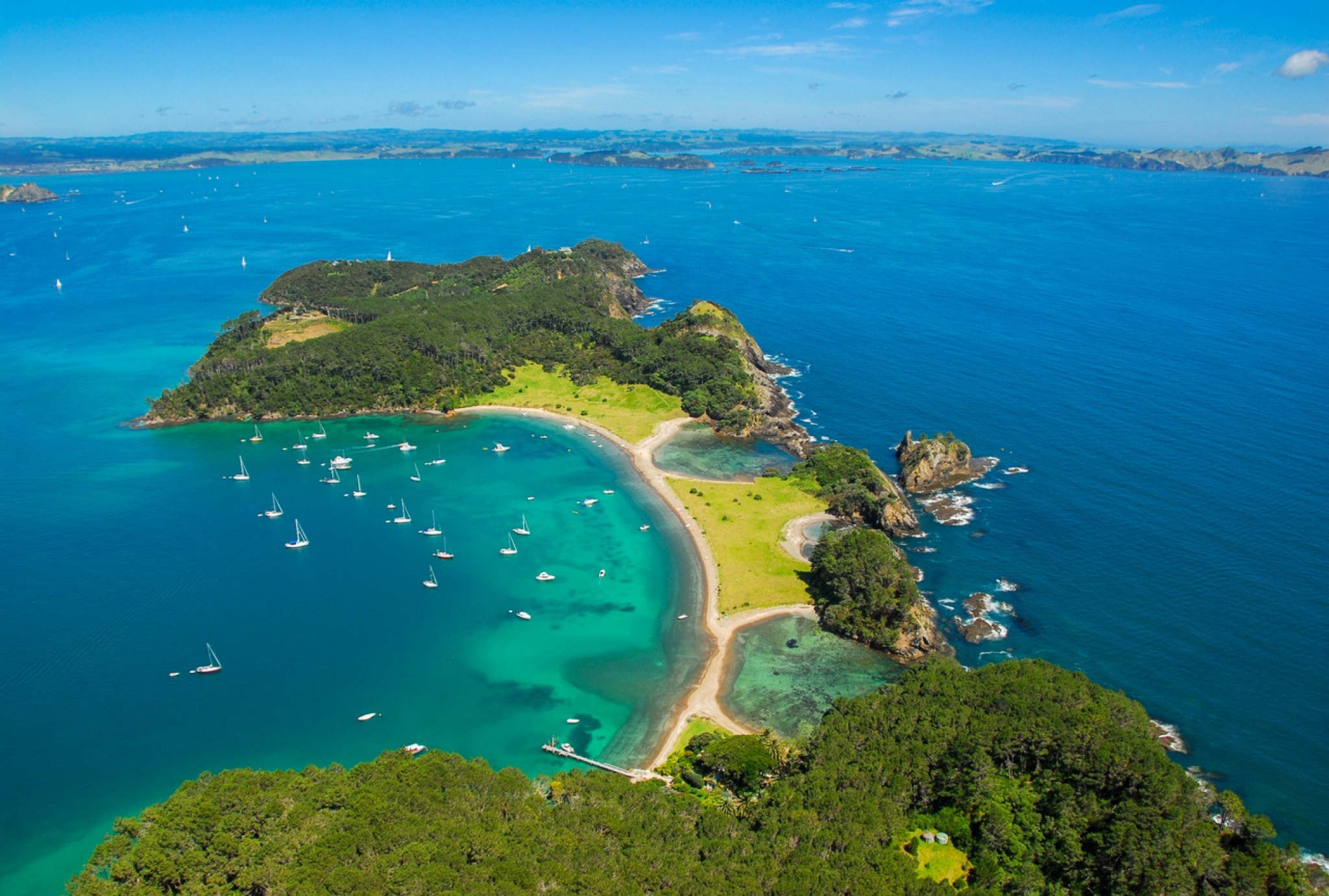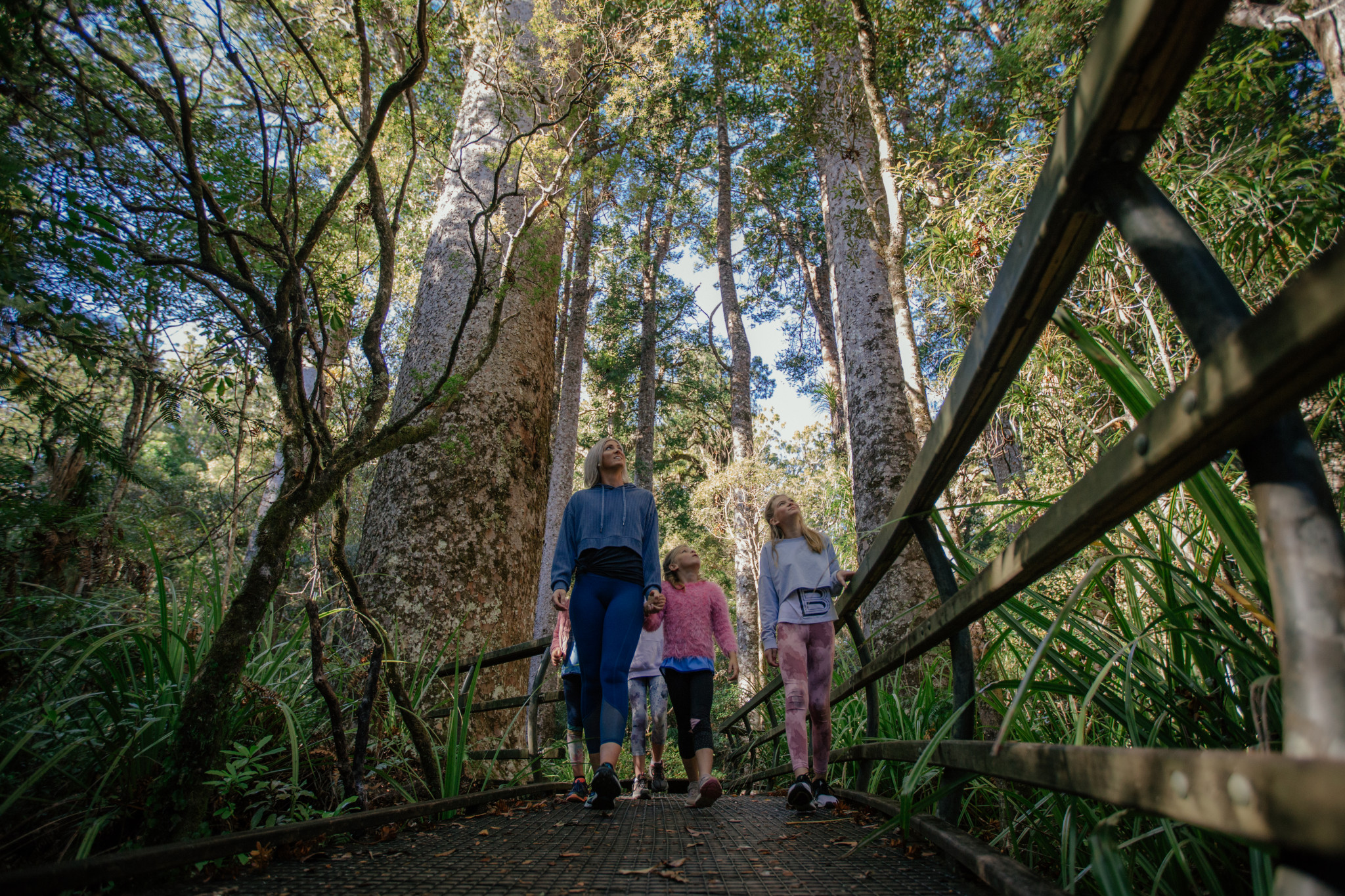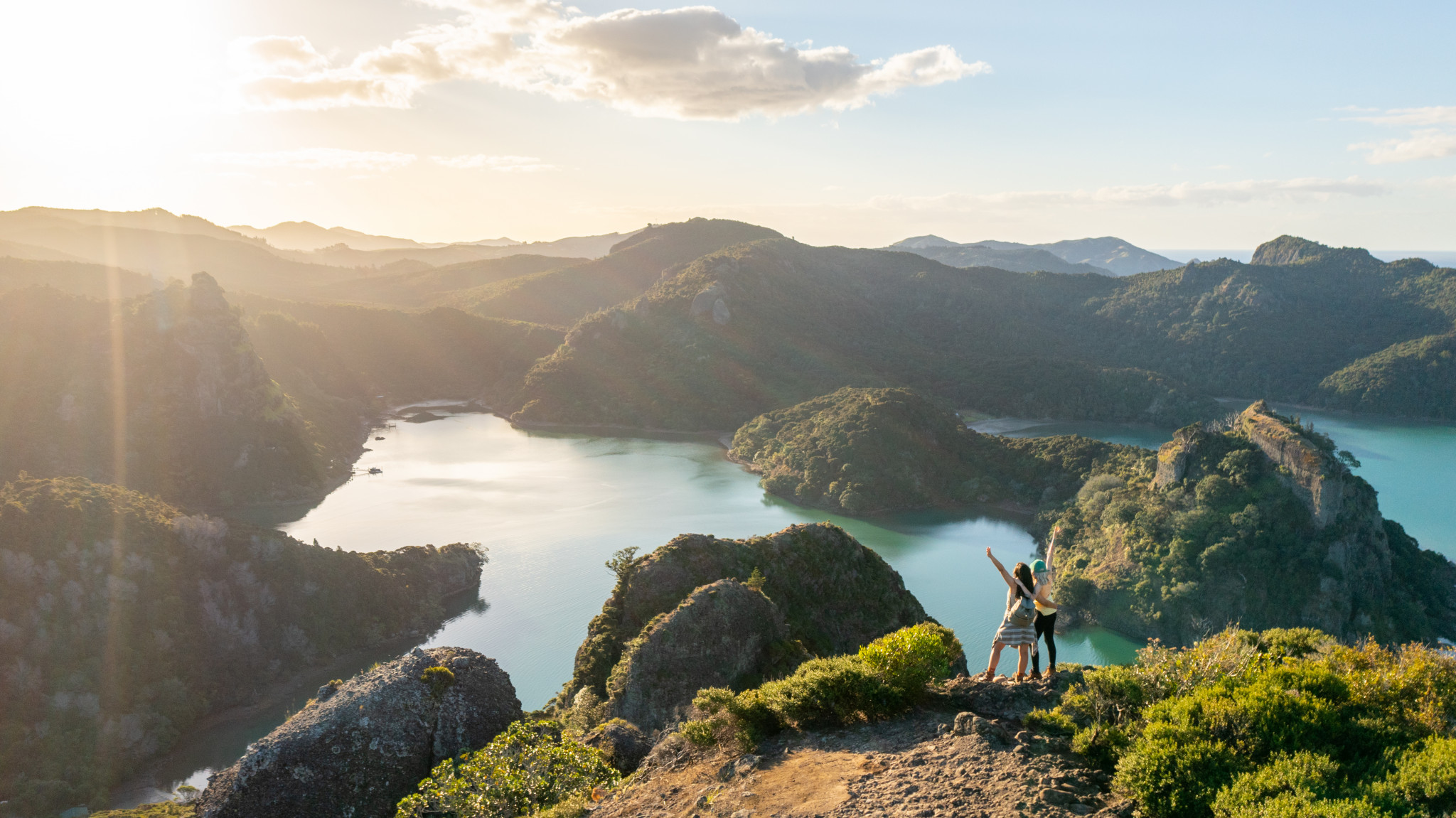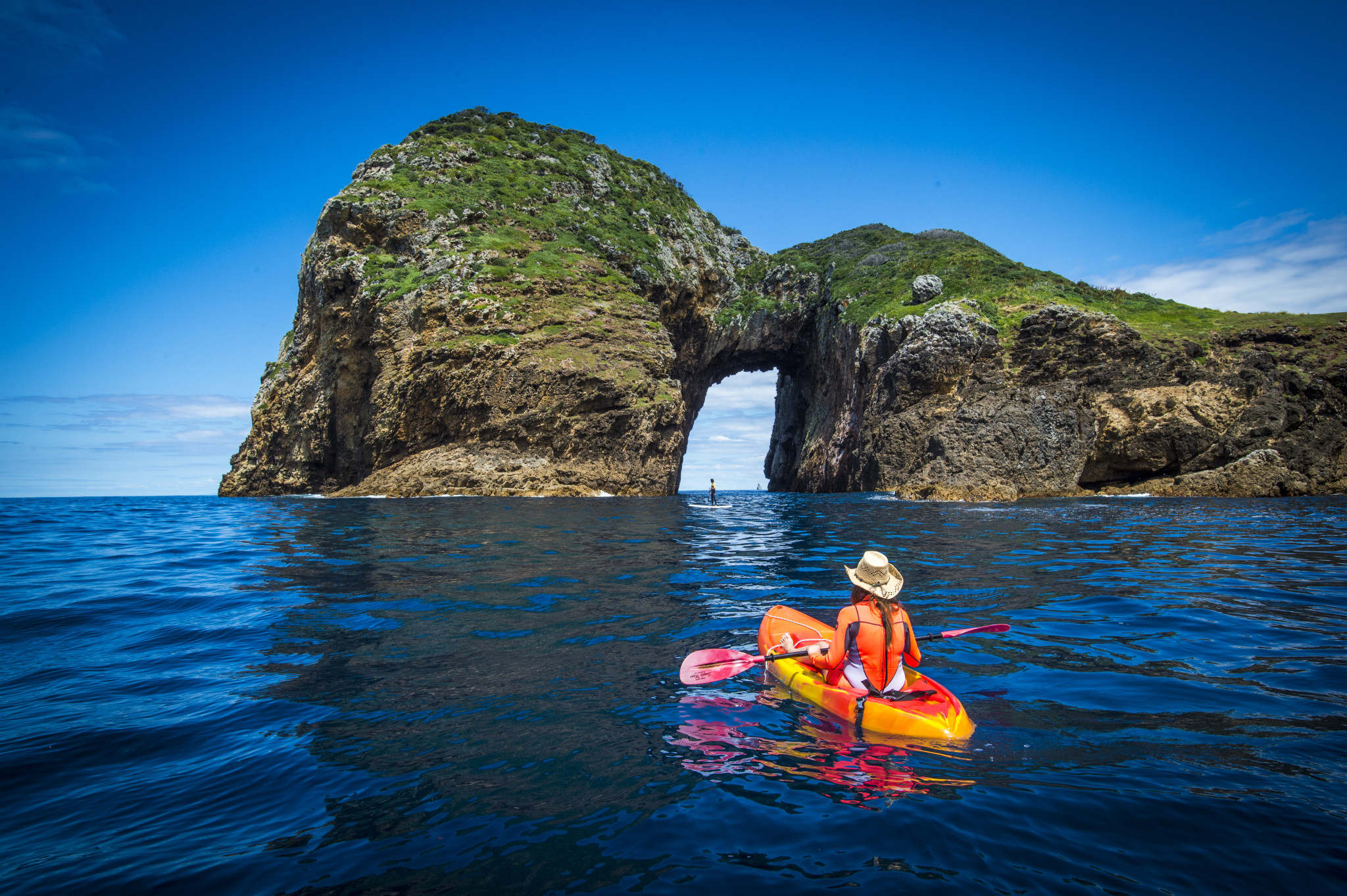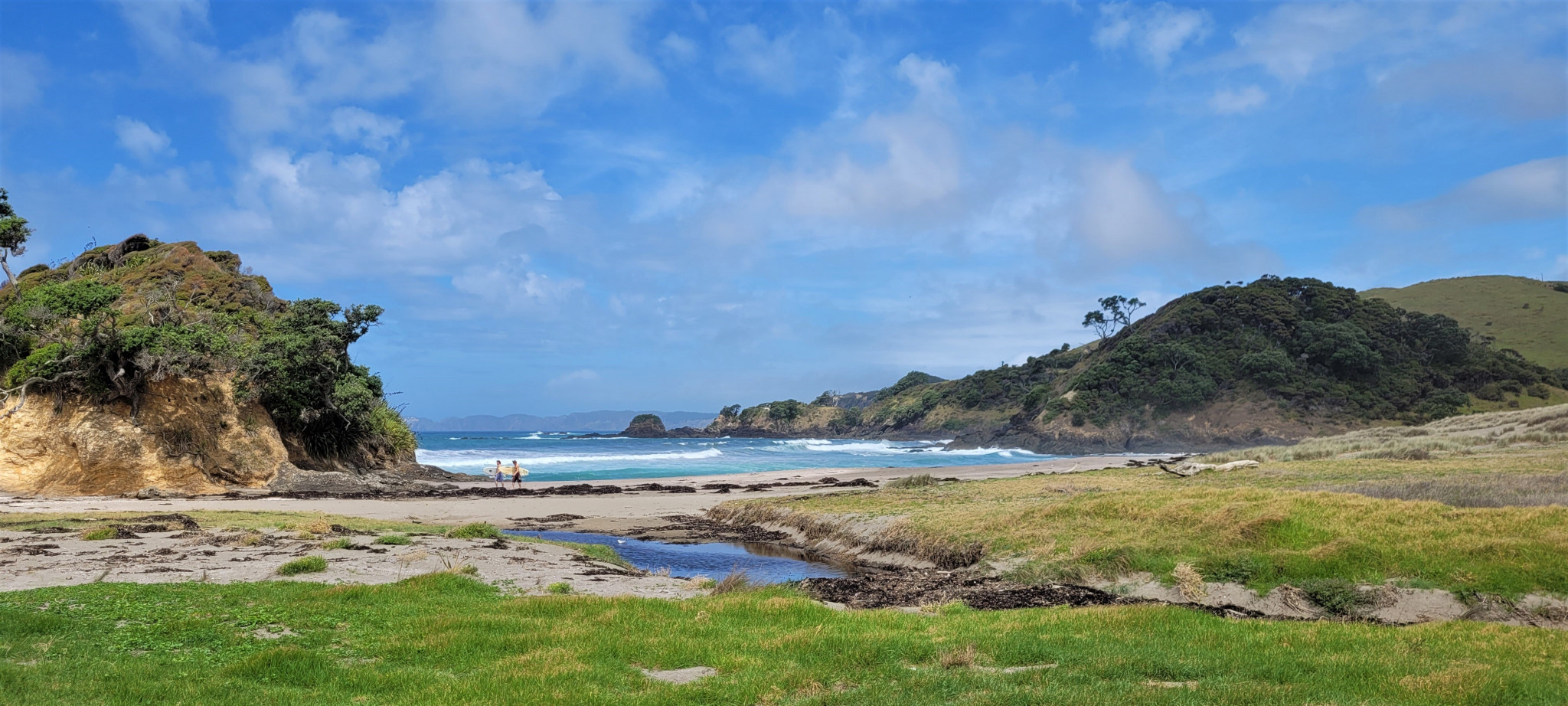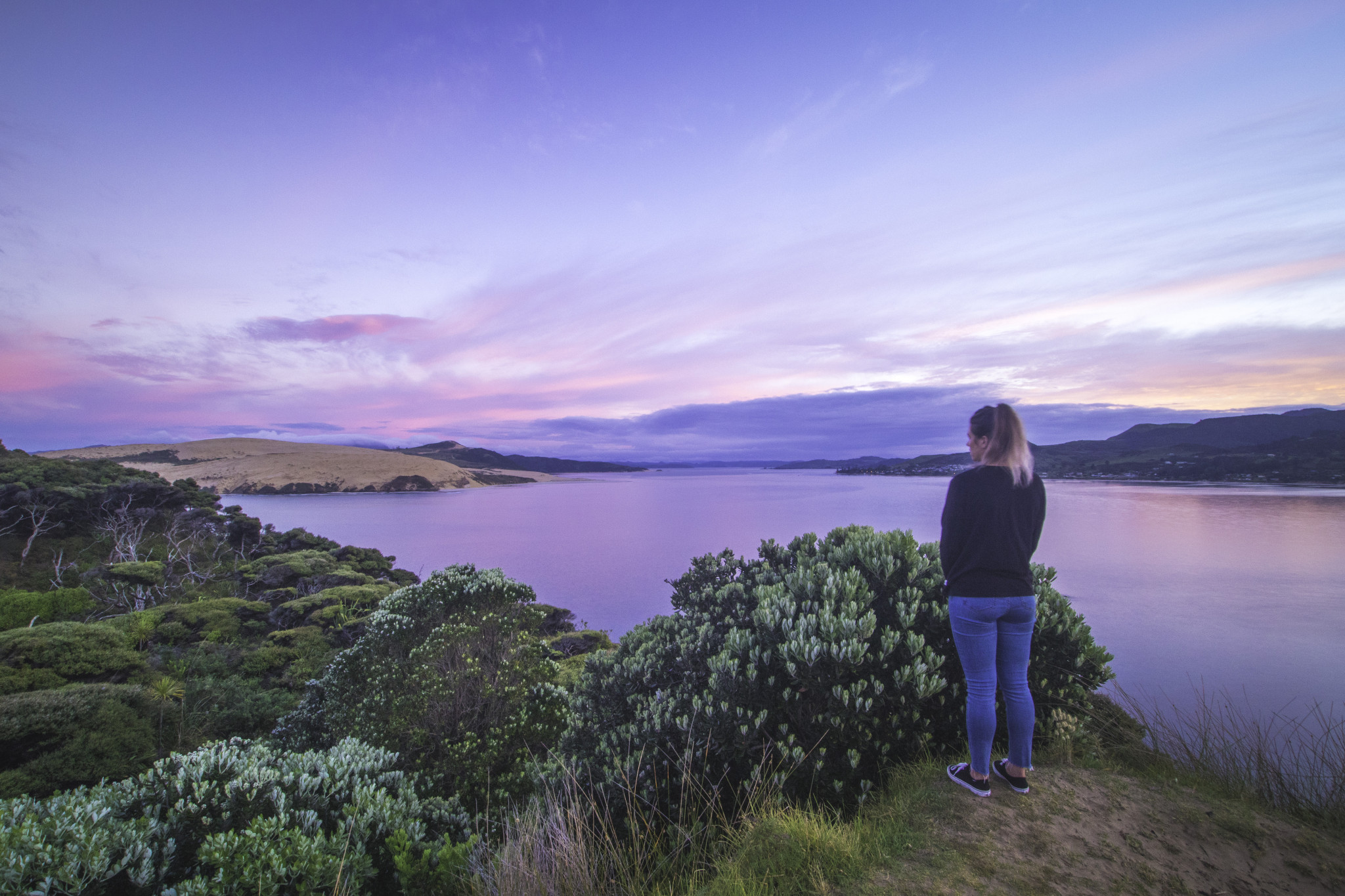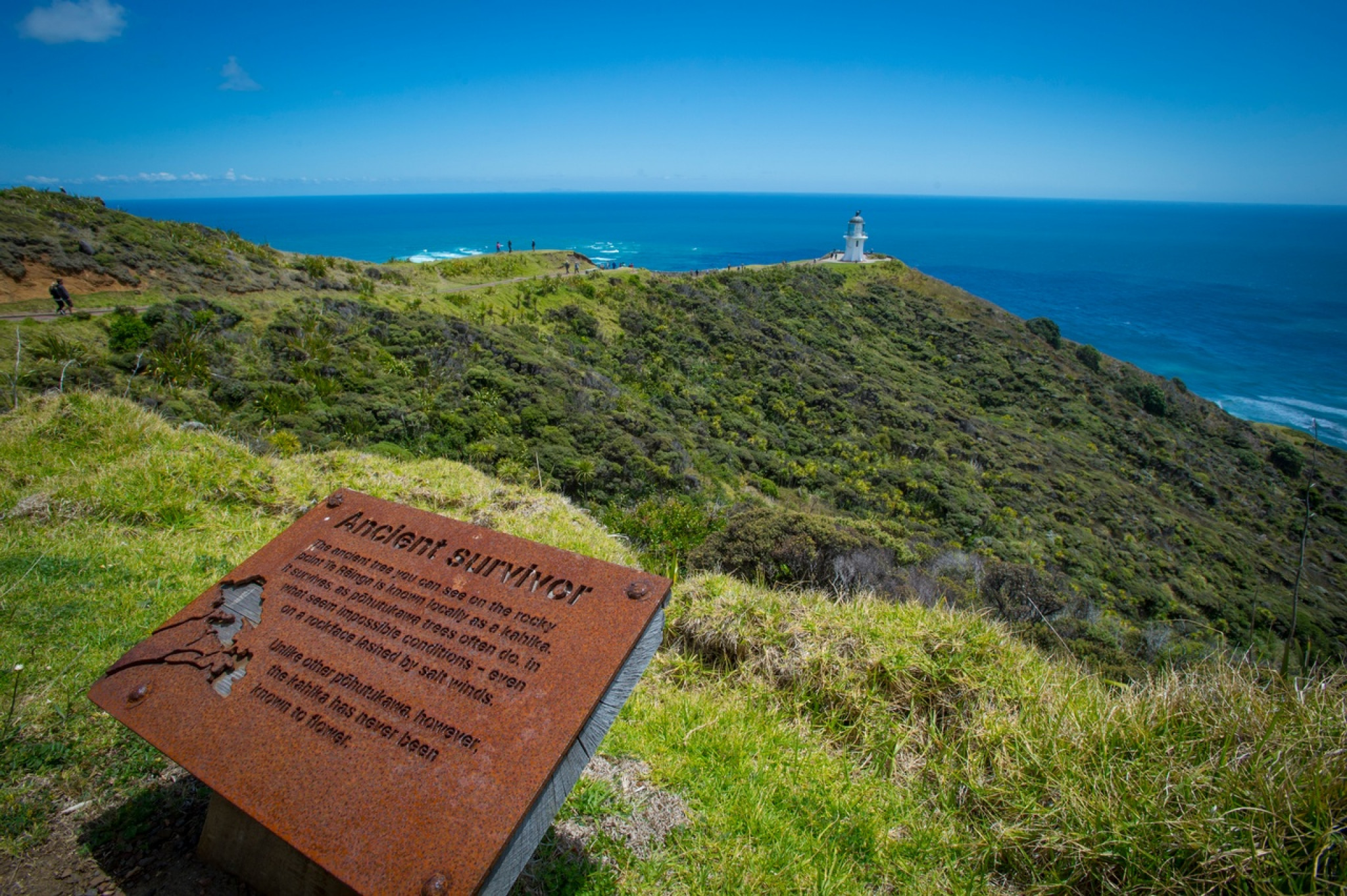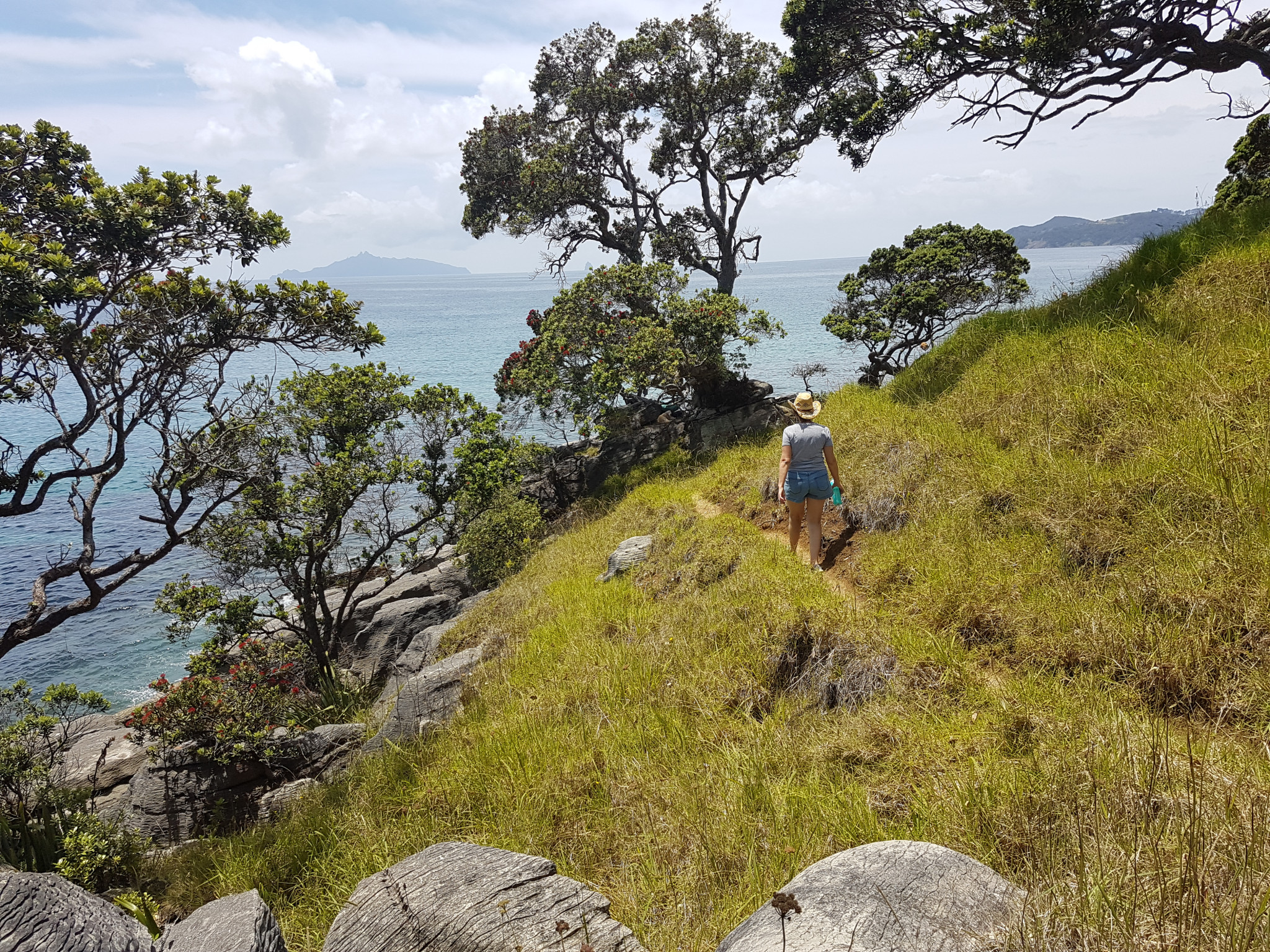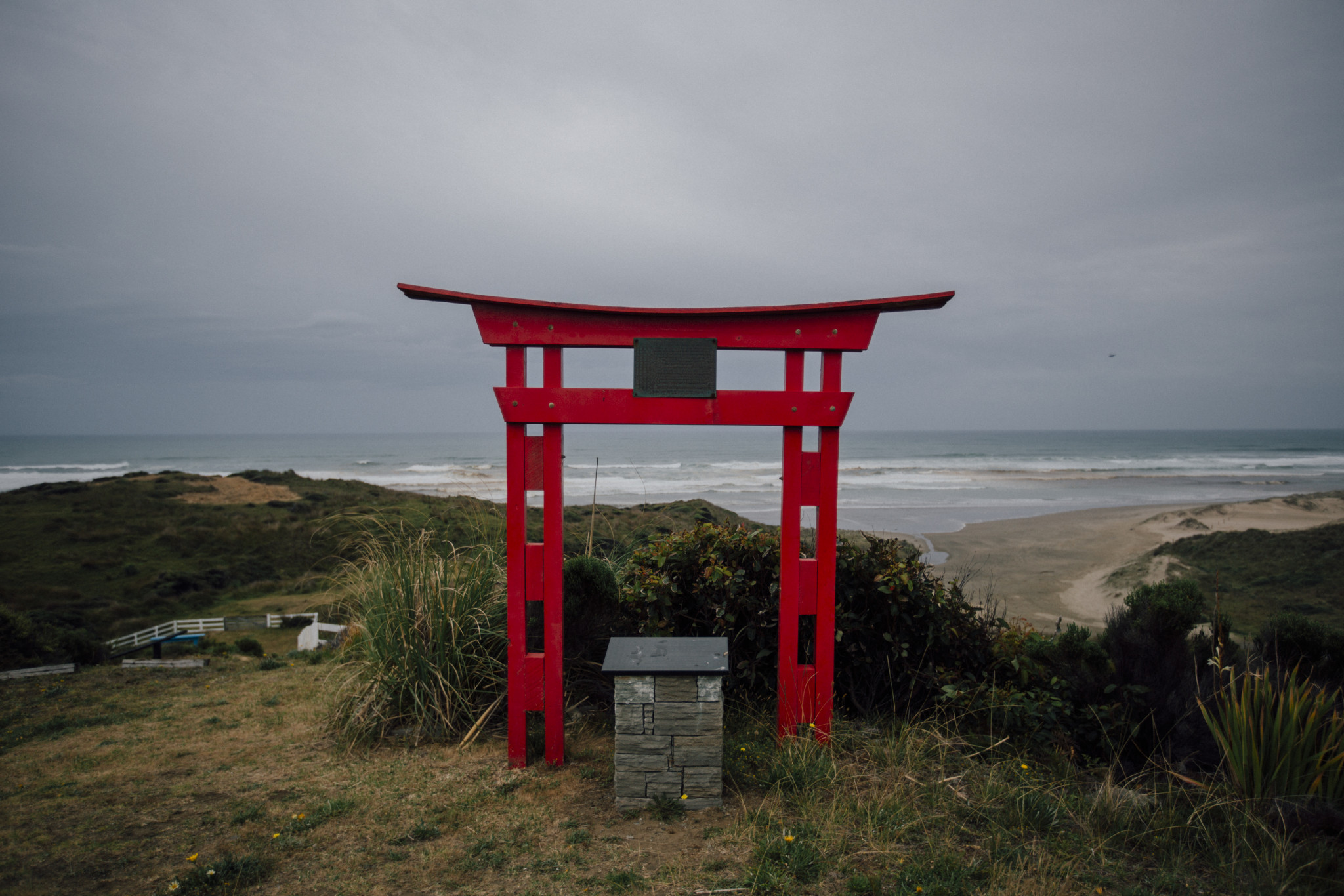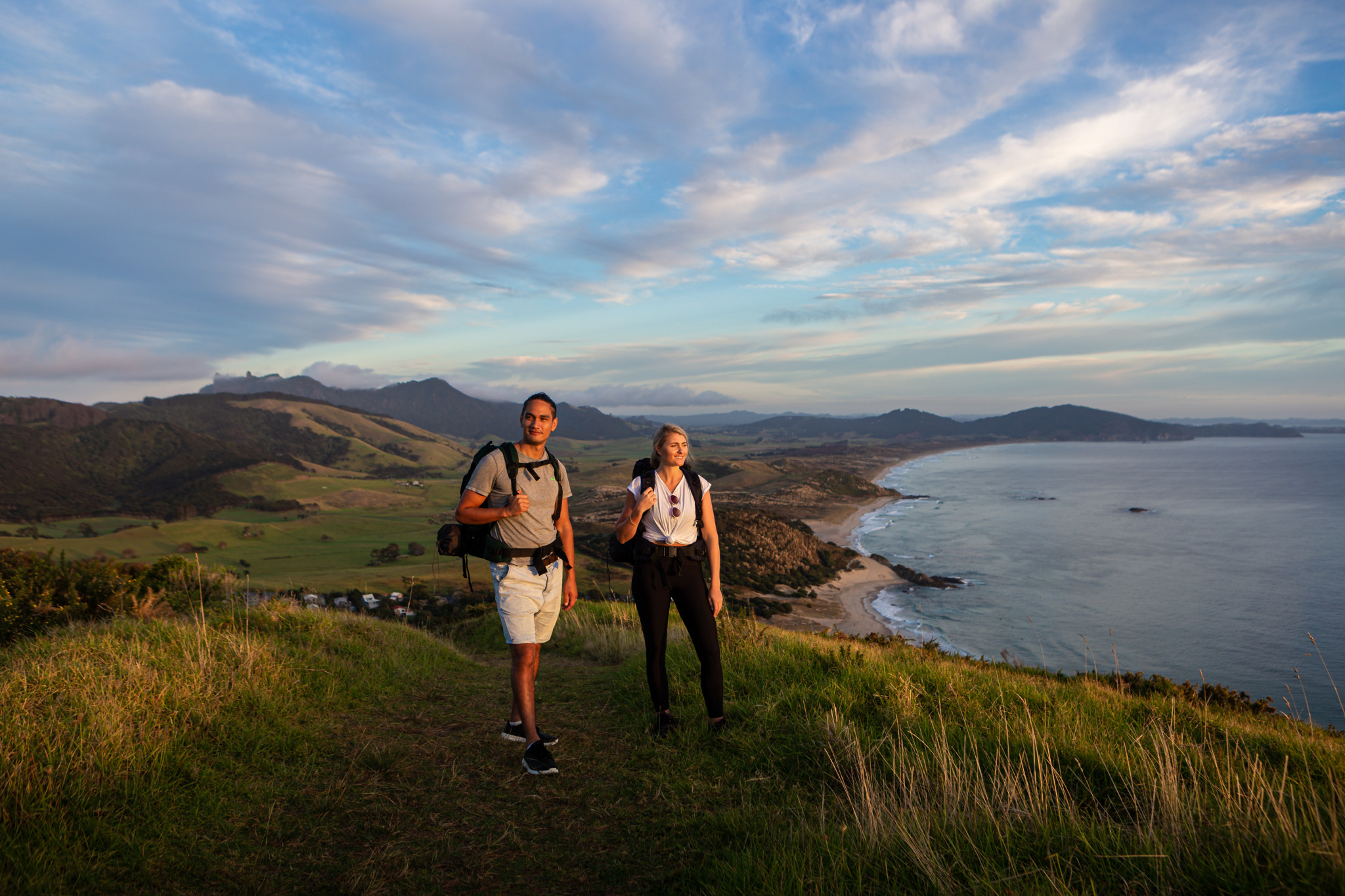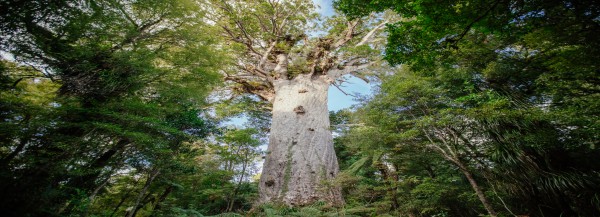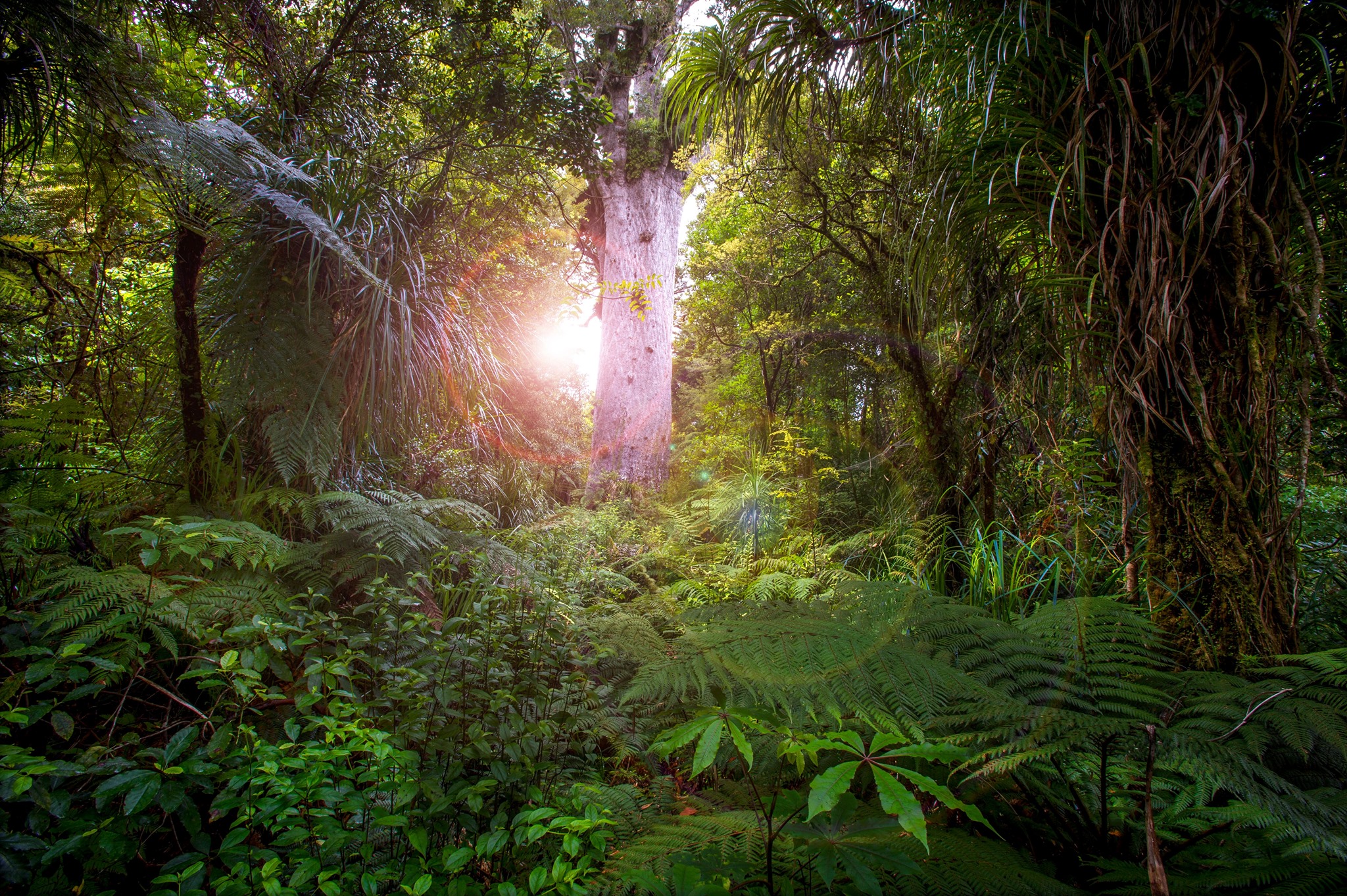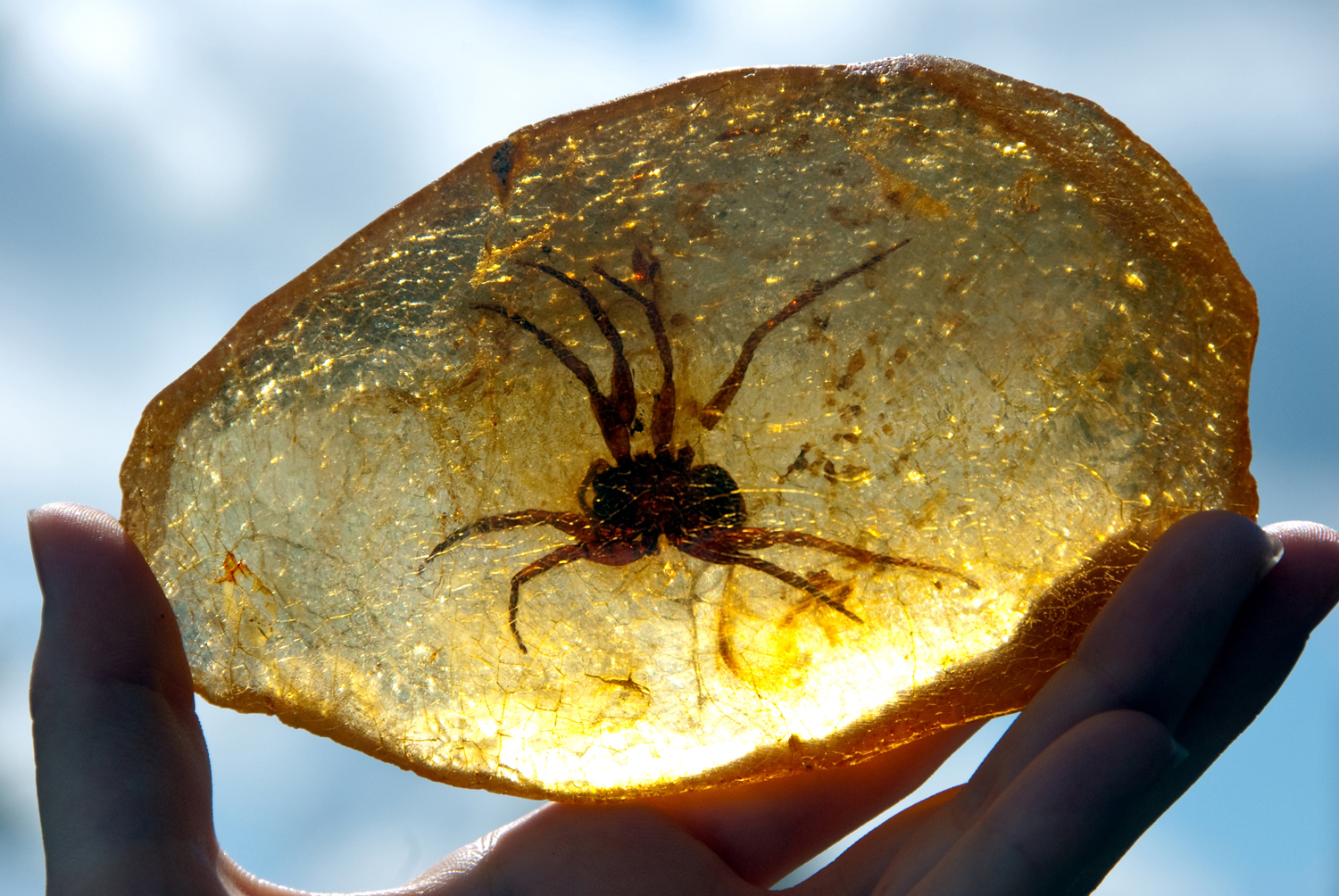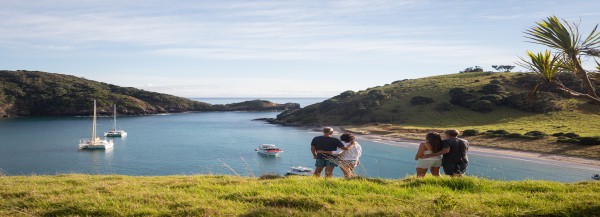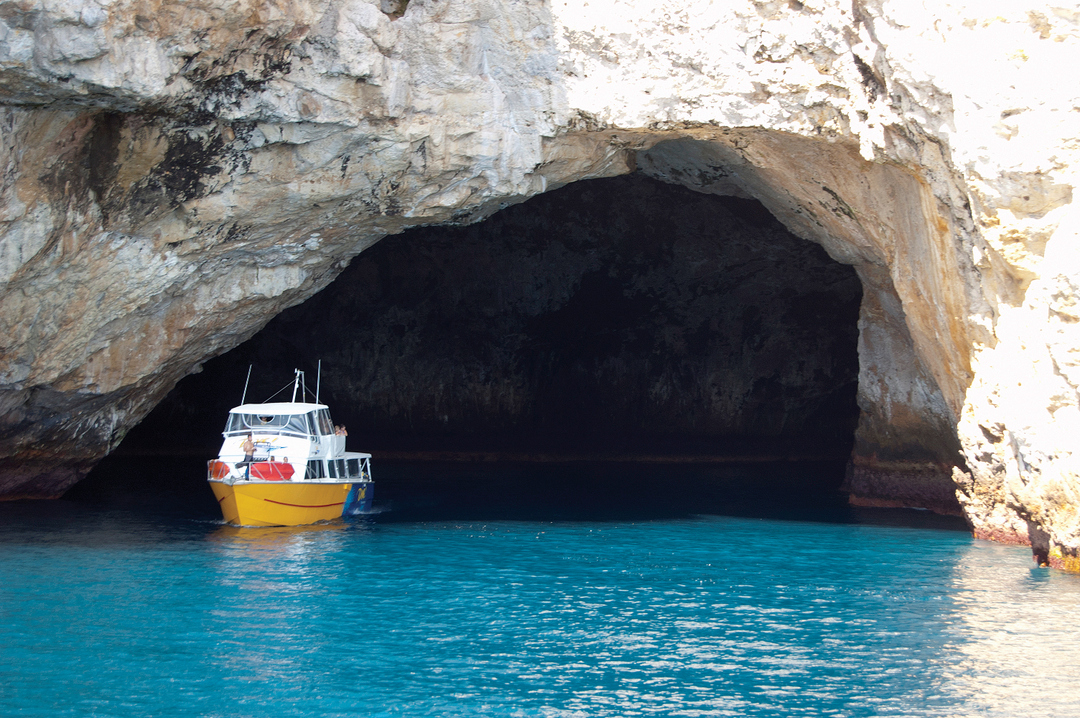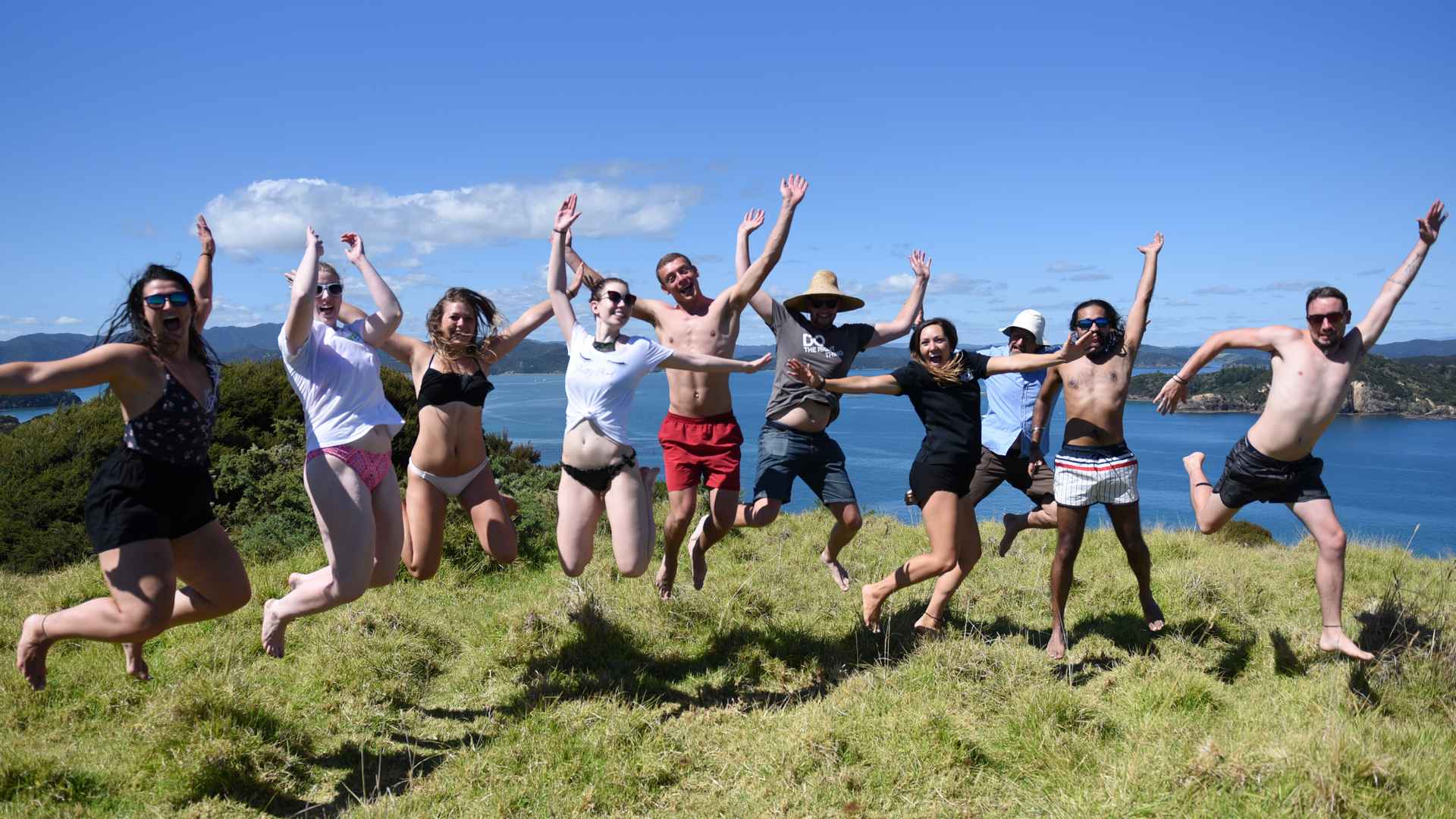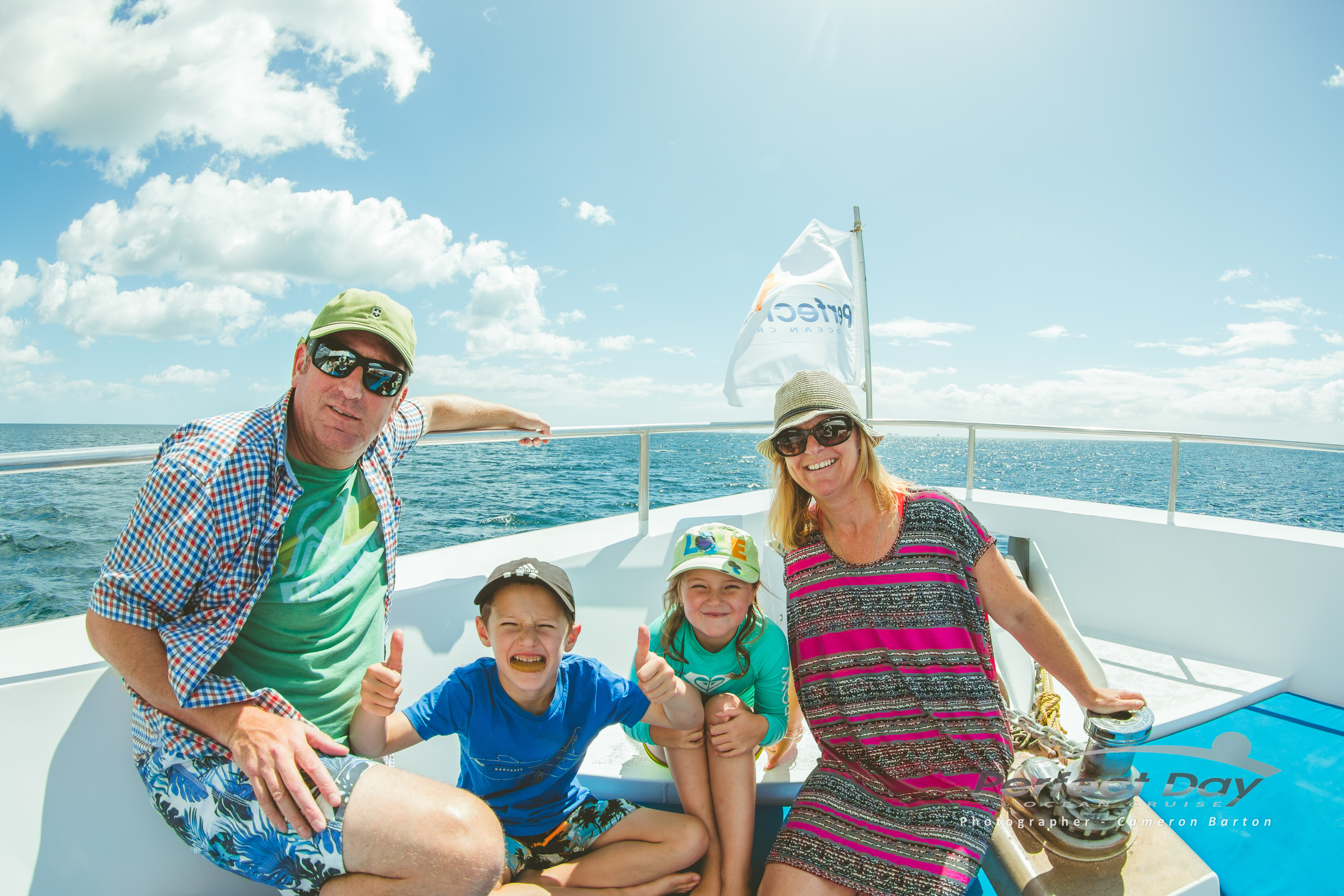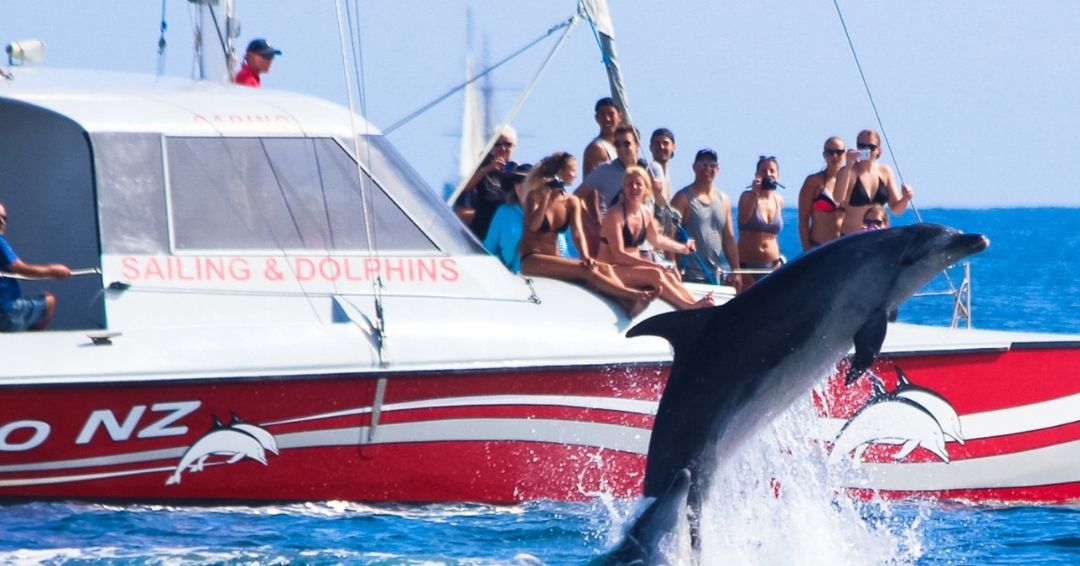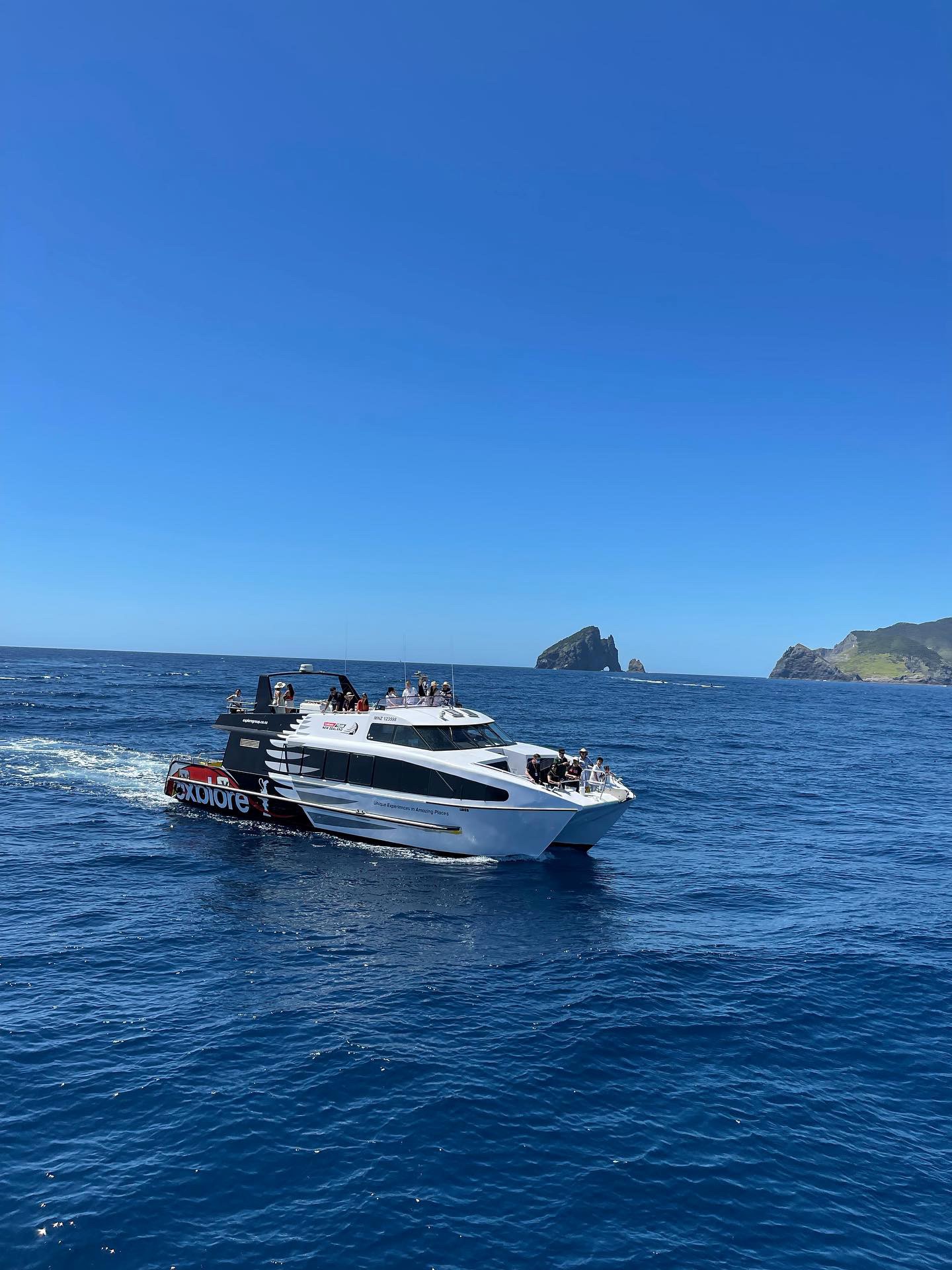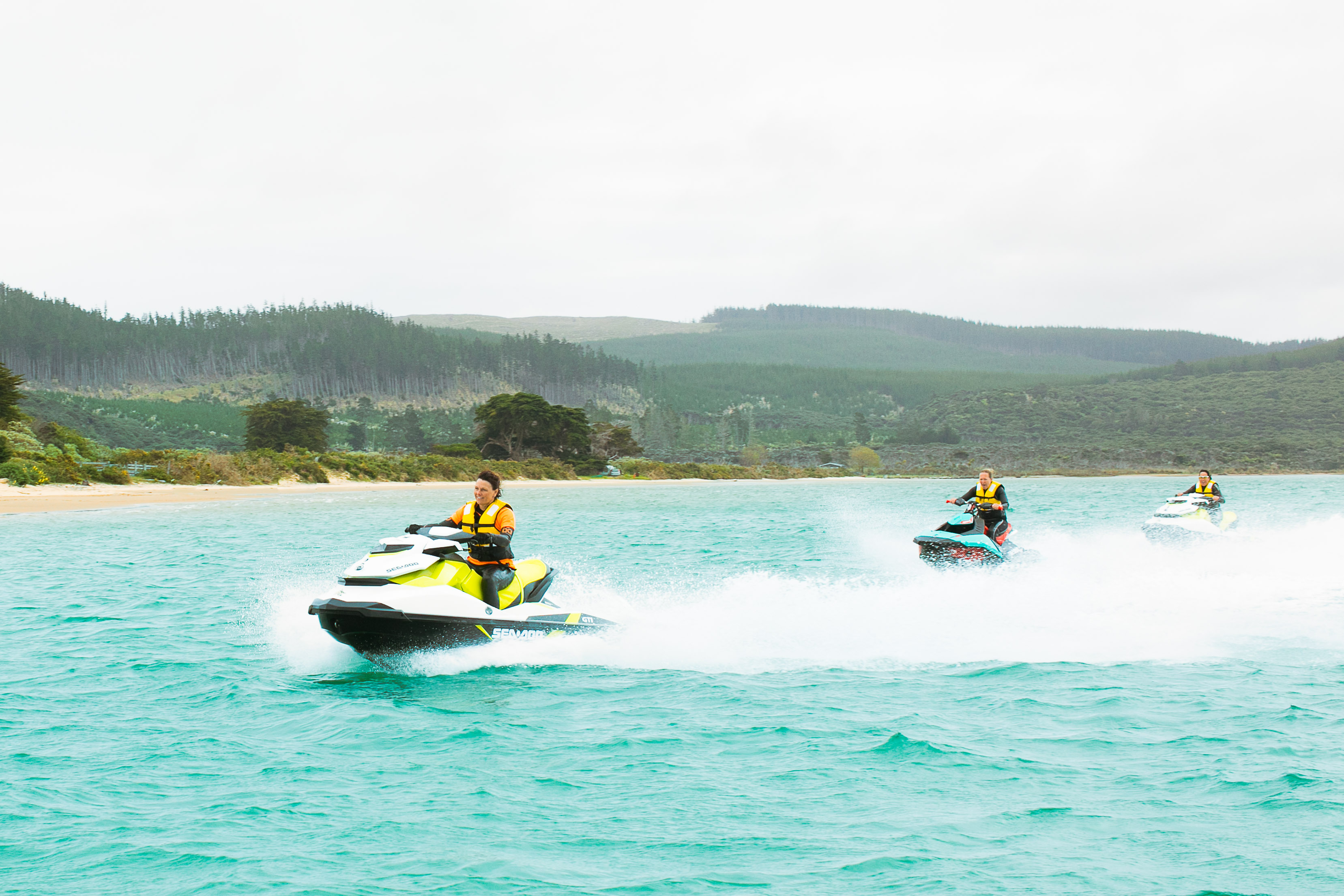
Not sure where to begin? Base your trip around one or more of these themes, they are the essence of Taitokerau Northland and what makes this region utterly unique.
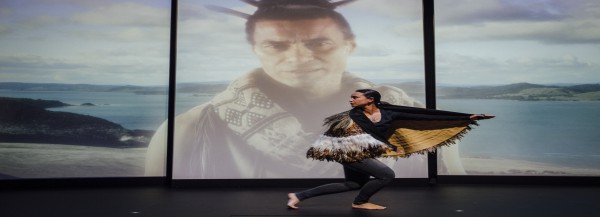 Legendary Māori Experiences
Legendary Māori Experiences
Taitokerau Northland is where the story of Aotearoa New Zealand began. Over a thousand years ago, the great discoverer Kupe on the ocean-going double-hulled waka named Matawhaorua or Matahao, landed on the shores of Taitokerau Northland and named this place Aotearoa. Travelling thousands of miles across the Pacific Ocean, guided by the stars, the sun, and the moon, the currents, clouds, the wind, and the birds, the story of his journey is still told in great detail today. The arrival of Kupe triggered a great migration and many iwi (tribes) trace their heritage back to Kupe and those who followed him.
Many years later, the arrival of Europeans began, initially on voyages of exploration, followed by traders, whalers and sealers. News of the temperate climate, fertile land and potential of kauri logging and kauri gum filtered back to the homelands – a big motivation for the migrations which followed. Taitokerau Northland is home to many of the first European settlements, and most importantly, home to the location of the signing of Aotearoa New Zealand’s founding document, Te Tiriti o Waitangi which brought together Māori and Pākehā (people of European descent).
Discover the real Taitokerau Northland through legendary Māori experiences that tell the stories of these early arrivals, the coming together of two peoples and the rich culture and history of the region.
Embracing the journey
In the region where summer lingers longer and winters are mild, taking a little extra time to enjoy the journey is encouraged. Te Rerenga Wairua Cape Reinga is the northern-most accessible point of Aotearoa New Zealand, where the Tasman Sea and Pacific Ocean collide, but it’s not just the location or the vistas that makes this place special. It’s here that Māori believe the spirits of the departed leap from the mainland, to begin their voyage back to their final resting place in the ancestral homeland of Hawaiki. Along the way to this spiritually and culturally important destination, there is much to be discovered.
Te Oneroa a Tōhē Ninety Mile Beach is a state highway, and guided tours to Te Rerenga Wairua Cape Reinga time the tides to transit the beach, stopping off at the famous gigantic Te Paki Sand Dunes for sandboarding and exploration. White sand beaches are tucked away on the opposite coast of Te Hiku o te Ika-a-Māui, their beauty apparent from sea level but breath-taking via scenic flight.
Whichever way you came from, take an alternative route back and embrace the journey to and from this iconic destination.
Ancient Living Forests
In Māori mythology Tāne Mahuta is God of the forest, the eldest and strongest son of Papatūānuku Earth Mother and Ranginui Sky Father. Legend has it that Tāne Mahuta, frustrated with the darkness of his parents’ embrace, pushed the pair apart to let daylight into the universe. Whenever it rains, it is said Ranginui is crying for his beloved, Papatūānuku.
For thousands of years the mighty kauri trees have stood tall in the forest watching over the land. These ancient living beings - including the largest standing kauri tree in the world, Tāne Mahuta - have stood the test of time, been threatened by the kauri timber and kauri gum industries, and now, face the challenge of Kauri Dieback Disease. Despite these challenges, the forests thrive, providing sanctuary for abundant populations of threatened wildlife like the North Island Brown Kiwi, and the North Island Kōkako.
Guided tours bring the legends of the forests to life and reveal the signs of wildlife one might otherwise miss. Taking time to connect with nature and feel the energy of these mighty trees is a must.
Contrasting Coastlines
While the distance between coasts is minuscule at its narrowest (just 12km between the Kaipara Harbour and the south-east Mangawhai Harbour), the differences between the east and west coasts are vast. Mostly sheltered, the east coast is an aquatic playground of crystal-clear bays, white sand beaches, and picturesque islands. In contrast, the west coast is lined with windswept beaches (some of the longest in the country), towering sand dunes, and the nation's largest harbour.
Experiencing the east coast can be done in almost any manner, from snorkelling and dive trips to places like the Poor Knights, sailing and cruising through Bay of Islands, or beach fun with paddleboarding, kayaking, surfing, and swimming. Small towns and villages dot the coastline offering beachfront accommodation and ocean-view eateries, and the coastal walkways and hikes are considered some of the best in the country.
The wild west coast is all about drama and discovery, with prehistoric rock formations, freshwater dune lakes like Kai Iwi Lakes, over 150 shipwrecks, and isolated outposts like Poutō and Mitimiti. The best exploration is done on foot, or for the well-prepared, by four-wheel drive, where seekers will find spectacular views, world-class surf breaks and everchanging sandy landscapes.
A visit to Taitokerau Northland is not complete until you’ve experienced both coasts in all their glory.


